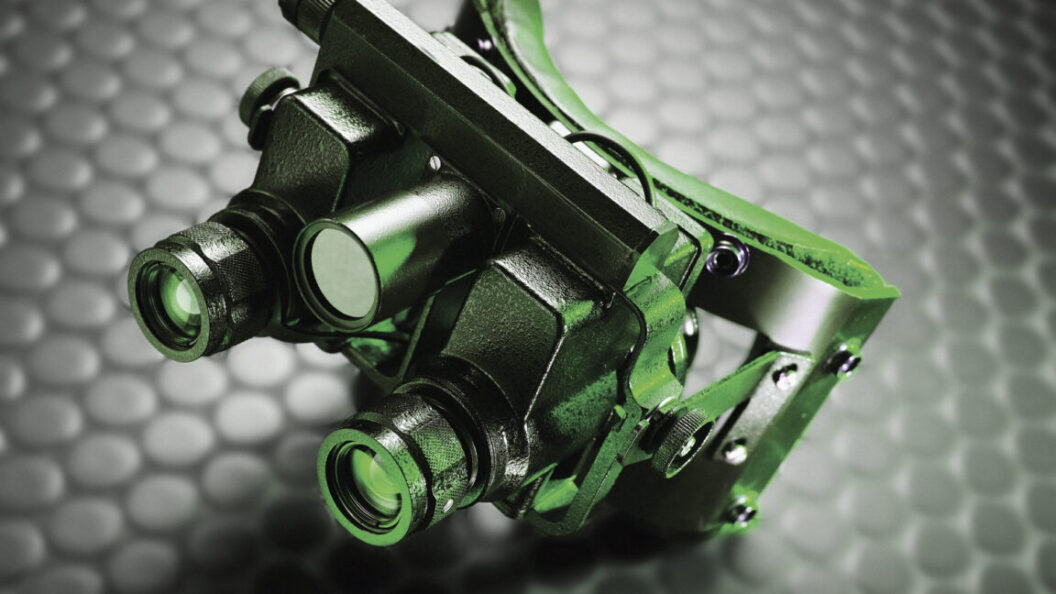Advancements in Infrared Detection: MIT’s Innovative Techniques
A recent breakthrough at the Massachusetts Institute of Technology (MIT) promises to revolutionize the field of infrared radiation detection through innovative techniques in crystal growth. This development, leveraging a method known as remote epitaxy, aims to enhance the performance of infrared sensors while addressing the limitations of traditional methods.
The Technique of Remote Epitaxy
Traditionally, remote epitaxy involves the use of an intermediate layer, often made from materials like graphene, to facilitate the growth of crystalline films on a substrate. After the films are formed, both the substrate and the newly grown material are subjected to a chemical treatment that dissolves the intermediate layer, allowing the crystalline film to remain intact. While effective, this method is costly, complex, and time-consuming.
To expedite and economize the process, the MIT research team aimed to eliminate the need for an intermediate layer, allowing for direct growth of crystals on the substrate. Their goal was akin to achieving a "non-stick frying pan effect" but at an atomically small scale, simplifying the manufacturing and enhancing efficiency.
Weakening the Bonds: The Role of PMN-PT
Instead of using conventional solutions, the MIT team identified lead magnesium niobate-lead titanate (PMN-PT) as a critical material. PMN-PT presented a unique characteristic that allowed it to detach easily from substrates while maintaining an atomically smooth surface. The lead atoms within the PMN-PT composition worked by weakening the covalent bonds between the film and the substrate, which inhibited electron transfer at the interface.
"As we experimented with different materials, we realized that PMN-PT not only allowed for easy removal but also had remarkable pyroelectric properties," noted principal researcher Zhang in a statement. By applying a reasonable amount of stress, the team could induce a crack at the film-substrate interface, allowing for rapid detachment—often achieved within a second.
The Creation of a Cutting-edge Infrared Detector
Building on the success of PMN-PT, the MIT team ventured into constructing a cutting-edge infrared radiation detector that requires no cooling—a focus typically essential in traditional infrared systems. The new detector consists of 100 pieces of 10-nanometer-thin PMN-PT films stacked to create a 100-pixel infrared sensor.
Testing revealed that this novel sensor significantly outperformed existing night vision technologies and exhibited sensitivity across the entire infrared spectrum. In contrast, conventional mercury cadmium telluride detectors operate over a much narrower range of wavelengths, highlighting the potential of PMN-PT in expanding detection capabilities.
Significance and Future Implications
The implications of this research extend far beyond academic interest. By reducing costs and eliminating the need for complex manufacturing layers, MIT’s advancements could lead to widespread applications in various fields including military, surveillance, healthcare, and environmental monitoring. The ability to create compact, efficient infrared detectors could also pave the way for more sophisticated imaging technologies and enhanced thermal sensing.
This novel approach not only signifies an important technological leap but also opens the door for further research into materials capable of transforming other electronic applications. As researchers continue to explore the properties and capabilities of materials like PMN-PT, the potential for groundbreaking innovations in various domains remains vast.
In conclusion, MIT’s exploration into remote epitaxy and PMN-PT underlines a promising trajectory towards more advanced, effective, and cost-efficient technologies in infrared detection, poised to reshape industries and enhance our capabilities in numerous ways.









